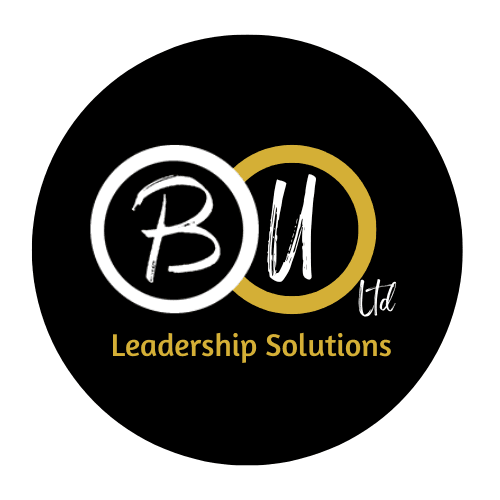As a leader, it can often feel like the workload of your daily operation is relegating your long-term goals to the back seat, especially now that we are drawing close to the end of the year. But, if you are looking to set your team and organisation on a path to sustainable growth, then developing a strategic mindset–that thinks long-term–is a necessity. To develop this strategic mindset, you must first be willing to make the shift from daily trivial thinking to visionary thinking. When you have that bit sorted, you can then move on to these four things:
- Be ready to balance immediate needs and wins with the bigger picture.
- Encourage innovation through proper preparation.
- Identify opportunities for the coming year and beyond.
- Engage your team in long-term thinking while carrying out short-term objectives.
Let’s explore each of those strategies.
The Balancing Act
When I talk about balancing immediate needs and wins with the bigger picture, please note that I do not mean compromising either the short-term or the long-term. I mean harmonising short-term successes with your long-term goals/most desirable vision.
Getting this balancing act right is important because both sides of the ‘coin’ are key requirements for your continuous success. Short-term wins provide momentum and evidence of tangible progress, while long-term goals ensure you stay aligned with your purpose as you move in your desired direction.
There are two key strategies you can employ here and they are:
- Set End-of-Year Priorities: Ensure you set end-of-year priorities that are in line with your long-term goals. You can do so by identifying 3 – 4 key areas where immediate wins can create steady benefits and impact over time.
- Conduct Regular Reviews: Carry out regular reviews of progress made toward your long-term goals. This is to ensure two things; that you remain aligned and you can make adjustments where necessary.
Innovation Through Proper Preparation
To encourage innovation, you need to be able to prepare your team and organisation to thrive amidst constant change. As a leader, it will be of great benefit (to you and your organisation) if you can create an environment where innovation is the norm and that norm is rooted in a proactive mindset(s).
Strategies to Employ:
- Idea Exploration: Encourage your team to explore ideas that have the potential to be useful or relevant in the future. You can do this by setting aside some time weekly, bi-weekly, or monthly to do this.
- Collaborative Innovation: Think about bringing teams from different departments together to brainstorm challenges and find innovative solutions. Having diverse perspectives can produce solutions and ideas that one-way thinking would not produce.
- Situational Planning: Facilitate a leadership team meeting where leaders engage in exercises that look into possible future situations and then plan
Identifying Opportunities For the Coming Year and Beyond
It’s no longer news that things are changing faster than we can sometimes keep up with or even manage. This rate of change now keeps leaders on their toes, requiring them to envisage, adapt, and leverage trends as they emerge. when I say identifying opportunities, I mean using relevant information, data, and your trusty intuition to plan your move and achieve your desired outcome.
Strategies to Employ:
- Change Monitoring: Keep your eyes (and ears) open for shifts in your industry and global trends. Make the effort to understand how they might affect your sector or organisation.
- Customer/Client Analysis: Pay careful attention to the evolving needs and behaviours of your customers/clients so that you can maintain your advantage.
Engage Your Team
As a leader, you’ll do well to ensure that your team members are not so preoccupied with immediate tasks that it becomes a challenge for them to consider broader goals. Having or encouraging a dual-focus approach can help solve this issue.
Here are some tips to help:
- Always Share The “Why”: As often as you can, share how short-term projects contribute to the bigger vision.
- Have Weekly Checkpoints: Set aside 20 – 25 mins every week to talk about long-term goals and their connection to current projects.
- Host Workshops: Organise periodic workshops to explore long-term plans. This usually improves engagement because team members are encouraged to make contributions that will help shape the future.
- Recognise and Reward: When whole teams and individual team members actively align short-term wins and long-term goals, their efforts should be recognised and they should be rewarded for it.
I urge you dear leader, in light of all that’s been said, to deliberately start shifting your approach from daily trivial thinking to visionary thinking. If you haven’t already, start developing a strategic mindset for yourself and also develop a culture of strategic thinking for your team(s). Doing so will ensure you are all moving in the same direction to achieve your long-term goals and thrive.
Lead Right and Live Light,
Belinda





Leave a Reply
Your email is safe with us.